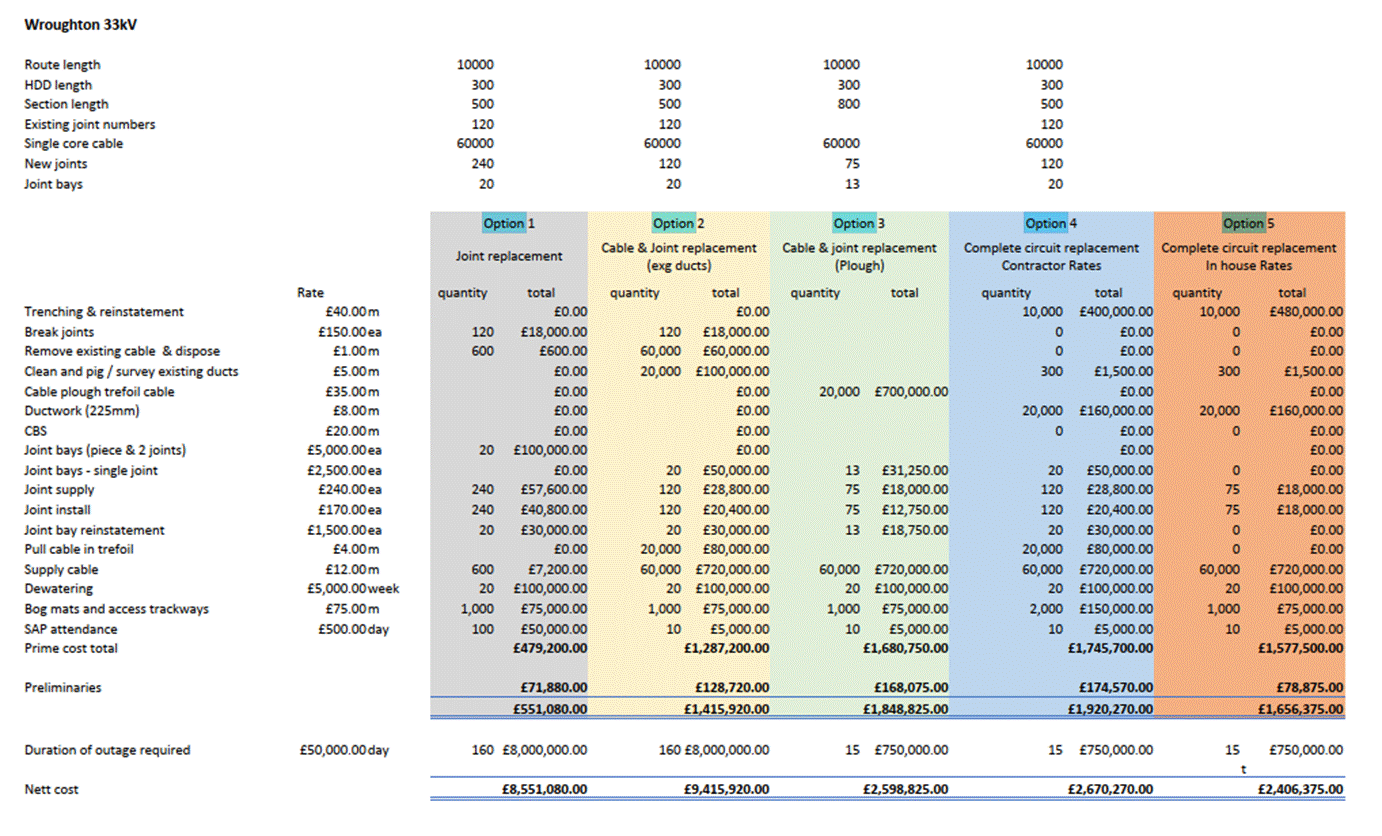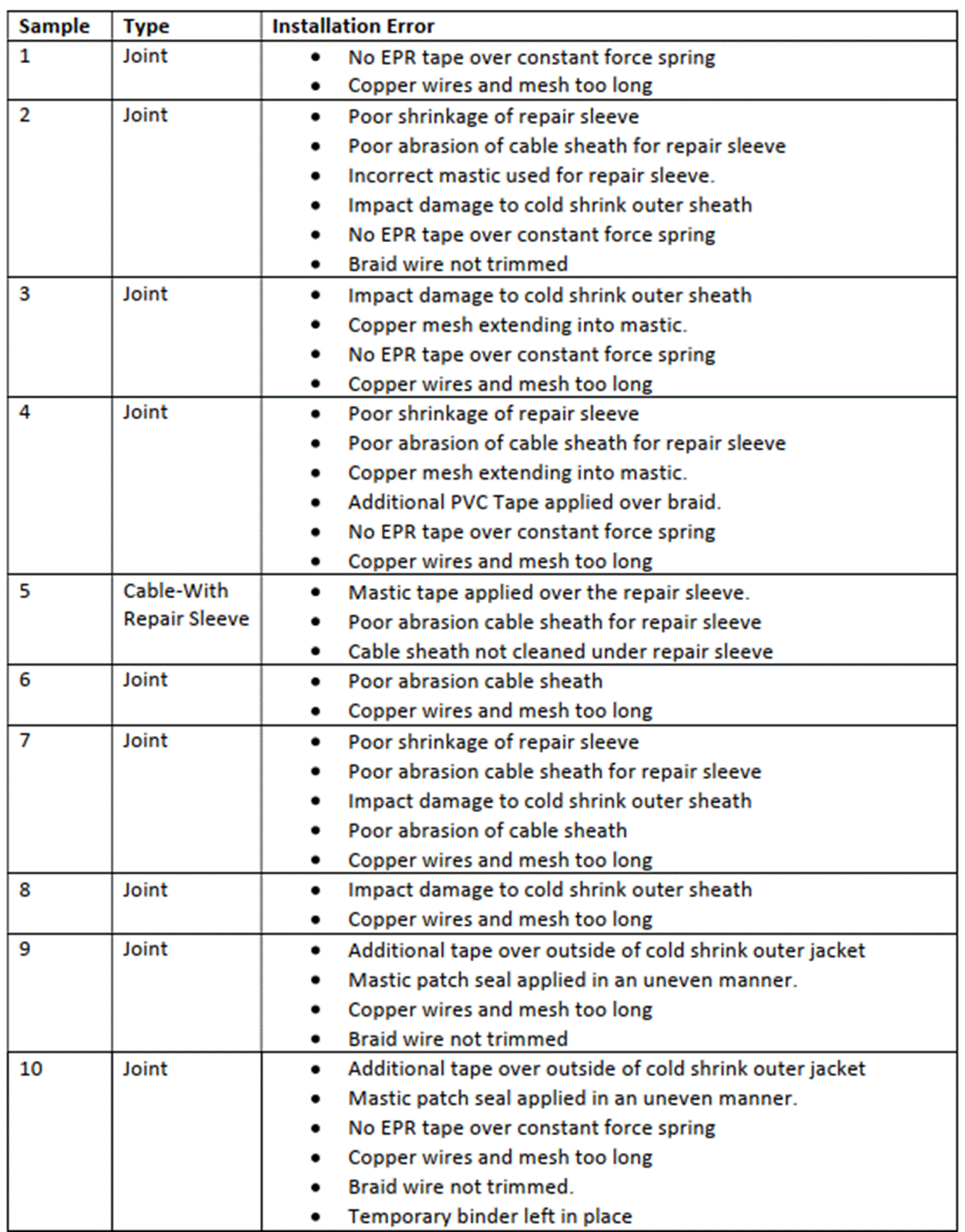
England and Wales High Court (Technology and Construction Court) Decisions
You are here: BAILII >> Databases >> England and Wales High Court (Technology and Construction Court) Decisions >> Southern Electricity Power Distribution PLC v OCU Modus Ltd [2025] EWHC 723 (TCC) (27 March 2025)
URL: http://www.bailii.org/ew/cases/EWHC/TCC/2025/723.html
Cite as: [2025] EWHC 723 (TCC)

